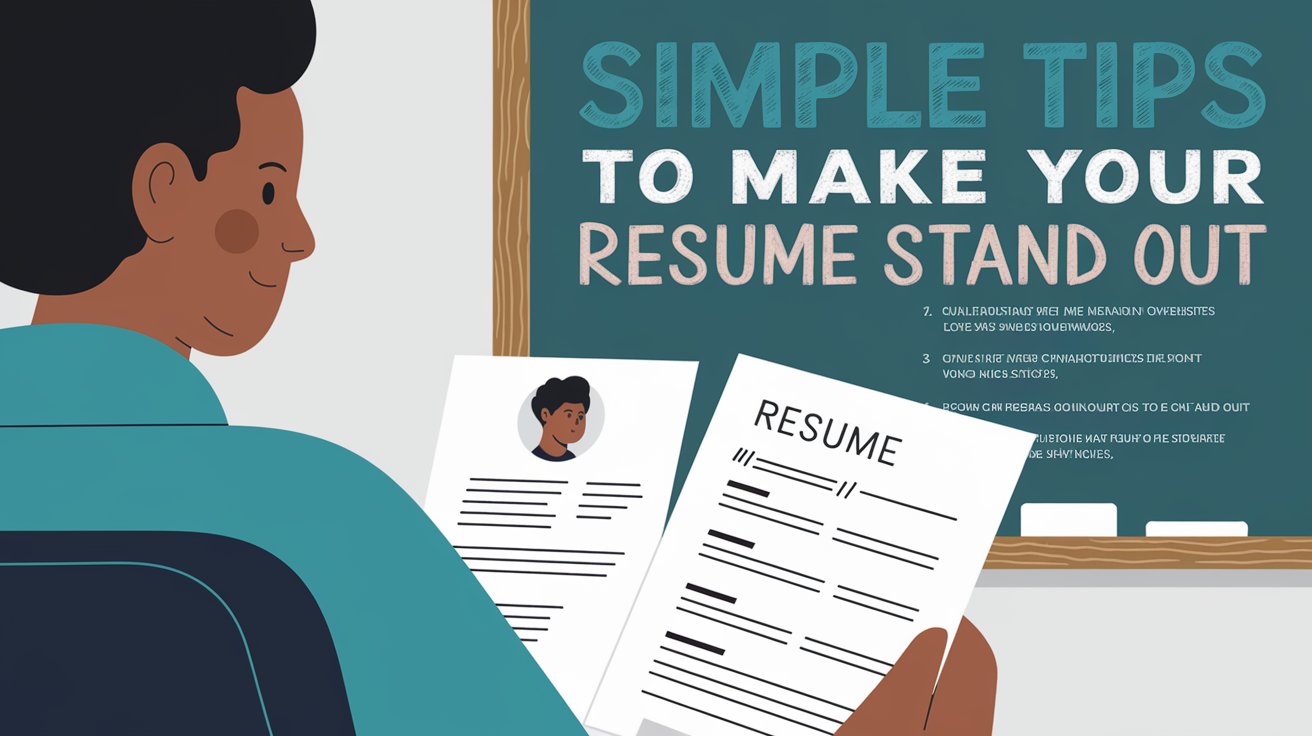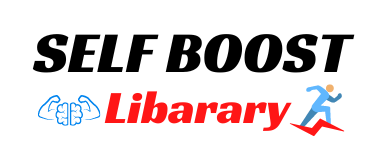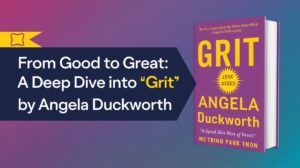Writing a captivating resume that stands out from the competition is quite an uphill task in today’s competitive job market. Recruiters spend only seconds viewing each resume, so you want to make sure yours stands out right off the bat. This article provides down-to-earth SEO-friendly advice on best position and present your resume.
1. Customize Your Resume to the Job Description
One of the best ways to make sure your resume stands out will be to personalize that resume for that particular job in question. Instead of sending out a generic resume, take that little extra time to:
- Analyze the job description: Focus on finding out what the employer is seeking-skills and qualifications.
- Emphasize relevant experience: This is where one shows experience that directly applies to the needs of the job.
- Employer’s Language: When writing a resume, use keywords and terms reflected in the job description.
Tailoring your resume not only shows that you have done your homework, but also increases the chances of getting through the ATS.
2. Summary Leads the Way
The summary of your resume is going to be your elevator pitch. It needs to promptly tell who you are and what value you bring with you. For an effective summary:
- Be concise: Keep it to 2-3 sentences.
- Highlight your strengths: Mention your most impressive achievement and skill.
- Career goals include: They show how you fit for the job you apply to.
A strong summary will set up the tone for the rest of your resume and will make the recruiter interested in it right from the very beginning.
3. Use Action Verbs
Action verbs breathe life into your resume in terms of what the contributions and achievements one has made. Rather than telling what your responsibilities entailed, describe what you actually did with the help of powerful verbs such as:
- Achieved
- Led
- Managed
- Designed
- Developed
Instead, it would look and sound better to say, “Led a team of 10 to achieve a 20% increase in productivity.” This does not just sound good; it clarifies the value a candidate brings with them.
4. Quantify Your Achievements
Quantifying your achievements is probably one of the finest ways to highlight your resume. Numbers provide clear proof of your contribution and ensure that recruiters understand the impact you have caused in previous roles. Here are examples:
- Increased sales by 30% within six months.
- Managed a budget of $500,000 and cut costs by 15%.
- Trained 50+ employees, improving team efficiency by 25%.
Quantify your achievements wherever possible; using numbers will make your resume more effective and easier to read.
5. Skills Focus Relevant
The skills you put in your resume should answer the job advertisement. Now, to add weight and effect to this section:
- Feature those pointing out the job specifications: This is important in that it ensures that your resume meets the expectations of the employer.
- Include both hard and soft skills: While technical skills remain dominant, do not undermine some key soft skills such as communication and teamwork.
- Keep it short and snappy: Bullet points give a fast look-over of the skills.
Increase the chances of the recruiter looking twice in your direction by focusing on relevant skills.
6. Remember to Keep Your Design Clean and Professional
Design is as important as content when it comes to your resume. A cluttered or over-elaborately designed resume is off-putting and cumbersome to read. Here’s how to ensure that your resume design is clean and professional:
Use a simple, readable font: Stick to Arial, Calibri, and Times New Roman.
Use no more than a couple of colors: black for text and one other color if you need highlights.
One column only: This makes it very easy to peruse a resume.
Use bullets: They break up text into skim-friendly sections.
A well-designed resume not only looks professional but also enhances readability of your content.
7. Include Relevant Keywords
Many companies screen resumes using an ATS before any human recruiter sees the candidate fit for the position. Make sure your resume gets through by including relevant keywords:
Keyword Extrication: Pick up some keywords from the job listing and use those that are repeatedly used.
Industry Terminology Incorporation: Show that you do know what is happening around.
Keyword Stuffing: Stuffing the keywords down in your resume isn’t the best thing to do; use them naturally.
Using the right keywords can make quite a difference in your chances of getting noticed by both the ATS and the recruiter.

8. Show Continuous Learning
Employers like those job candidates who promise to continuously improve themselves. Show them you are proactive regarding continuous learning and keeping your skills and knowledge updated in your area of specialization:
Certification and courses: Specify the training taken, certification received, or online courses attended.
Professional development: List the workshops, conferences, or seminars you have participated in.
Languages and software skills: Where applicable, include additional languages you speak or software tools you’re proficient in.
Continuous learning not only adds to your skill set but also bears testament to the growth mindset so essential in a professional setting.
9. Add a Personal Touch
While it is important to maintain professionalism in the tone, adding some bit of personality might just make your resume stand out. This can be done by:
Adding your hobbies and interests: Since such hobbies can relate to you as a well-rounded individual, it adds to your likability.
Relevant links to personal website or portfolio: If this applies, insert the link to your online portfolio or personal website where you showcase your work.
Career story description: A short story within the summary or cover letter evidences passion about the field.
A personal touch will help your resume stand out from the crowd and perhaps make a connection with potential employers on a human level.
10. Proofread Carefully
Nothing kills a great resume more quickly than typos and grammatical errors. Before submitting your resume:
Use spell check: Run your resume through a spell checker to catch basic errors.
Read it out loud: Often, this helps in identifying awkward phrasing and missed words.
Ask someone else to review it: A fresh pair of eyes can catch mistakes you might have overlooked.
That is where proofreading comes in; it allows your resume to be polished and professional for a positive impression to the potential employer.
Conclusion
The bottom line is that making your resume stand out has little to do with a list of qualifications but with how those qualifications are presented to capture attention and demonstrate value. Tailor your resume to the job, through strong action verbs, quantify your achievements, and paying attention to design and keywords. You will definitely ensure that your resume gets past the ATS and impresses a recruiter. After all, your resume is often the first opportunity you have to make a real impression.







